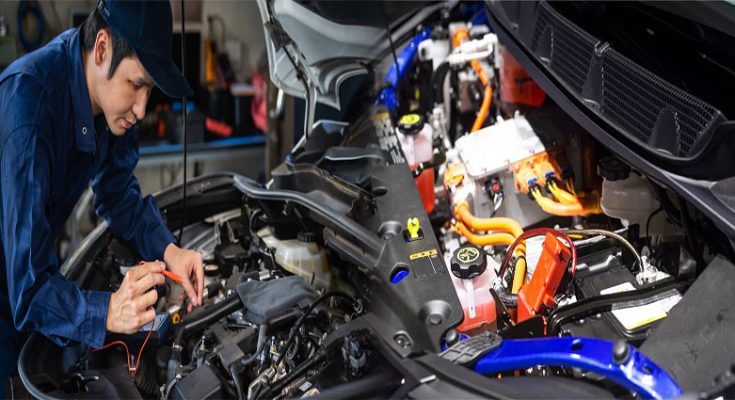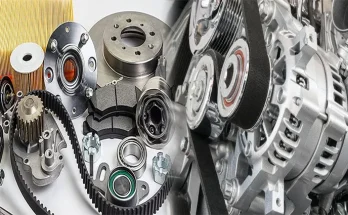When it comes to troubleshooting and identifying issues with your electric car, testing the auto electric car parts is an essential step. By diagnosing faults accurately, you can pinpoint the problem and determine which part needs repair or replacement. In this article, we will guide you through the process of testing auto electric car parts for faults, allowing you to maintain your electric vehicle’s optimal performance.
1. Battery Testing
The battery is a vital component of your electric car’s electrical system. To test the battery, you will need a digital multimeter. Connect the multimeter to the battery terminals, ensuring that it is set to the DC voltage range appropriate for your car’s battery. A healthy battery should read around 12.6 volts. If the reading is significantly lower, it may indicate a weak or faulty battery that needs replacement.
2. Alternator Testing
The alternator is responsible for keeping the battery charged while the car is running. To test the alternator, start the car and let it run for a few minutes. Then, using the multimeter, connect it to the battery terminals again, this time in the DC voltage range. A properly functioning alternator should generate a voltage between 13.5 and 14.5 volts. If the reading is below or significantly above this range, it indicates a potential issue with the alternator.
3. Starter Motor Testing
The starter motor is responsible for cranking the engine and starting the car. To test the starter motor, you will need a helper. Have your helper turn the ignition key while you listen for a clicking sound near the engine compartment. If you hear a clicking sound but the engine does not crank, it may indicate a faulty starter motor. You can also use a multimeter to check the voltage drop across the starter motor terminals during cranking. If the voltage drop is excessive, it may indicate a faulty starter motor.
4. Sensor Testing
Sensors play a crucial role in the proper functioning of various systems in your electric car. Common sensors include oxygen sensors, coolant temperature sensors, and mass airflow sensors. To test a sensor, consult your car’s service manual or online resources for the specific testing procedure. In most cases, it involves using a multimeter to measure resistance, voltage, or continuity across the sensor terminals. Deviations from the specified range may indicate a faulty sensor.
5. Fuse and Relay Testing
Fuses and relays protect the electrical circuits in your electric car from electrical faults. To test a fuse, visually inspect it for signs of damage or burn marks. Use a multimeter set to the continuity or resistance mode to test for continuity across the fuse terminals. If there is no continuity, the fuse should be replaced. To test a relay, listen for a clicking sound when it is energized. You can also use a multimeter to check for continuity across the relay terminals while it is energized.
Testing auto electric car parts for faults is an important process in diagnosing issues and maintaining the performance of your electric vehicle. By following these steps and using the appropriate tools like a multimeter, you can effectively test the battery, alternator, starter motor, sensors, fuses, and relays. If you are unsure or uncomfortable with testing these parts yourself, it is always recommended to seek professional assistance from a qualified mechanic or electric vehicle technician. Identifying faults early and accurately allows for timely repairs or replacements, ensuring that your electric car operates optimally and reliably.





